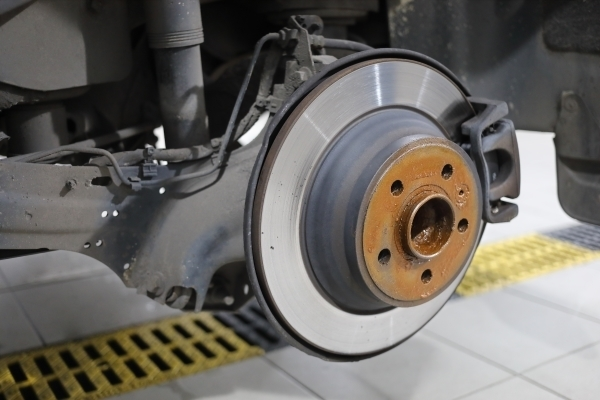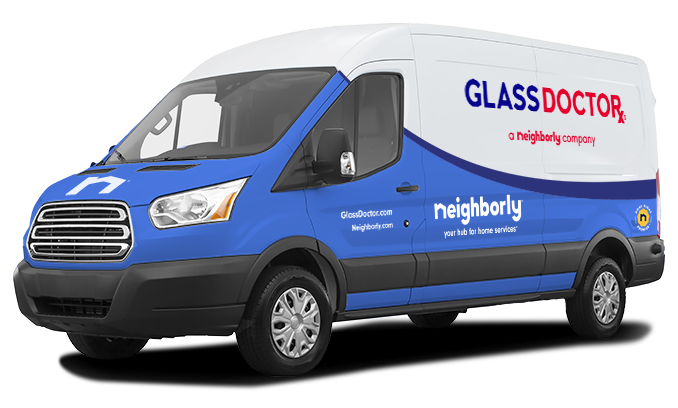
Glass Doctor reviews the importance of AEB braking systems and their impact on windshields.
|
There are moments when a fraction of a second makes all the difference in avoiding a car accident. That’s why the autonomous emergency braking system, or AEB, was developed.
Autonomous emergency braking systems rely on cameras or sensors at the front of your car. Like all Advanced Driver-Assistance System (ADAS) systems, these detectors require calibration after windshield repair or replacement.
What Is Autonomous Emergency Braking?
AEB braking is a safety system included as a part of an Advanced Driver-Assistance System or ADAS package. They come standard in many new vehicles. The AEB prevents accidents by assessing the situation, alerting you to the danger, and—if needed—engaging the brake.
Autonomous emergency systems can:
- Reduce accidents. If you drive a vehicle with an AEB system, the feature will significantly reduce the likelihood your vehicle will run into the car ahead of you; a great thing because rear-end accidents are among the most common. Insurance companies love this and many offer special rates for owners of vehicles equipped with an AEB system.
- Provide reverse automated braking. With the help of AEB braking, you can say goodbye to bumping into things while you’re backing the vehicle up. No more crunched bicycles, embarrassing pole dents or parallel parking fender benders.
- Reduce or prevent whiplash. Although it cannot stop other cars from running into your fender, the system can detect and alert you to the potential collision and prevent whiplash by relaxing the brake to soften the blow.
Related Topic: What You Need to Know About Advanced Driver-Assistance Systems
How Do Autonomous Emergency Braking Systems Work?
AEB systems work by employing an array of sensors installed at the front of your vehicle (within the windshield) and the rear of your vehicle. These sensors are designed to gauge how far away other cars—or objects—are from you and determine the difference between your speeds. With that information, the system calculates if a collision is imminent and, if need be, sends you a flashing warning and engages the brake (if you haven’t done so already).
The physical components of the technology include:
- Cameras. AEB cameras are installed near the windshield at the front to identify objects.
- A radar. Often installed behind the grill, AEB radar works in tandem with the cameras to determine the distance of objects, and from that information, it can assess how fast the car or object is moving.
- An in-dash alarm. When the system determines that a vehicle in front or behind is moving at a significantly different speed than you, it will alert you with flashing lights in your dash and sound an alarm.
- The automatic brakes. The system won’t always beat you to the pedal, but if you don’t come down fast enough, AEB will automatically stop the car for you.
Related Topic: Advanced Driver-Assistance Systems (ADAS) Calibration
What Happens to My AEB Braking System When My Windshield Breaks?
When a regular windshield gets a chip or crack, you may be able to patch the hole with resin to keep it from spreading. However, for vehicles equipped with AEB breaking the repair is not that simple.
Because there are cameras and sensors mounted near the glass, even a minor crack can degrade the level of clarity the system needs to operate, which can be annoying at best and dangerous at worst.
If your windshield is damaged or broken, trust Glass Doctor to repair your windshield and calibrate your systems by:
Replacing the glass. To match the clarity AEB braking requires, you’ll need to engage a glass professional to replace the windshield. If not, it must meet a high standard that produces a high level of visual clarity. We offer professional windshield replacement services throughout the US and Canada.
Calibrating cameras and sensors. Our ADAS calibration service calibrates your systems cameras and sensors, ensuring they’re in good working order.
Autonomous emergency braking systems can significantly reduce accidents, but they include a measure of upkeep: You have to make sure sensors are not blocked with dirt, bugs, snow, or ice, and you must be aware that a damaged windshield will make the system inoperable.
Trust Glass Doctor for Windshield Replacement and ADAS Calibration
If your windshield sustained damage and needs to be replaced, trust the auto glass specialists at your local Glass Doctor to get it done. For quality windshield replacement services, call us or request an estimate online.

